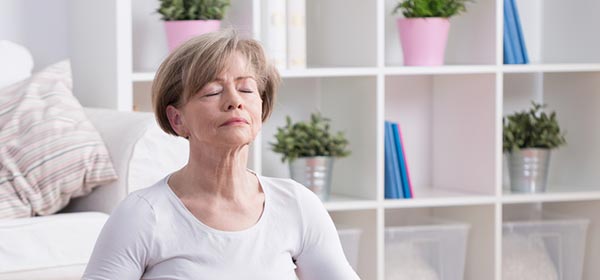If simple activities around the house or walking short distances cause you to “huff and puff”, learning to control your breathing should be essential.
Dyspnea or shortness of breath is a result of shortage of oxygen in the bloodstream and can be caused by chronic pulmonary diseases or over-exertion.
In addition to medical management, the following self-management strategies can assist when you become short of breath.
- Stop what you’re doing and rest in a comfortable position. This position can be sitting with your back against the chair or sitting in a comfortable chair, with your arms resting on a pillow or on a table. If standing, place your feet shoulder width apart.
- Breathe in and out as fast as necessary through your mouth. Lower your head and shoulders and try to relax. Try pursing your lips while exhaling. A simple way to achieve this is to position your lips similar to if you were blowing out a candle.
- Start to slow your breathing by making your exhalations longer. A good aim is to make your exhalation longer than your inhalation.
- As your breathing starts to slow, start to inhale through your nose and exhale through your mouth.
- Stay in this position for several minutes until your breathing is fully recovered and under control.
For further information, speak to your physiotherapist who can assist you with a range of positioning techniques to assist with controlling your breathing. Your physiotherapist can also assist in providing a graduated exercise program to safely increase your exercise tolerance.
Jason Lee APAM
B. Physiotherapy
Malvern East Physiotherapy

